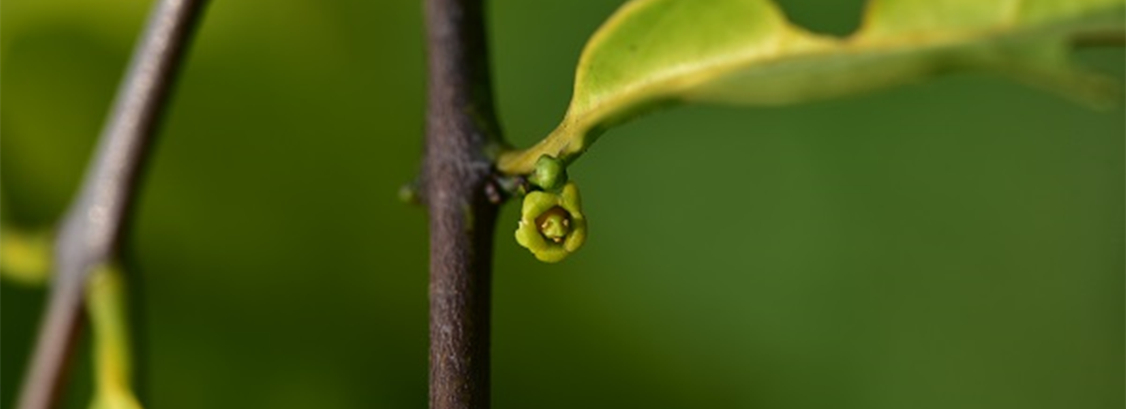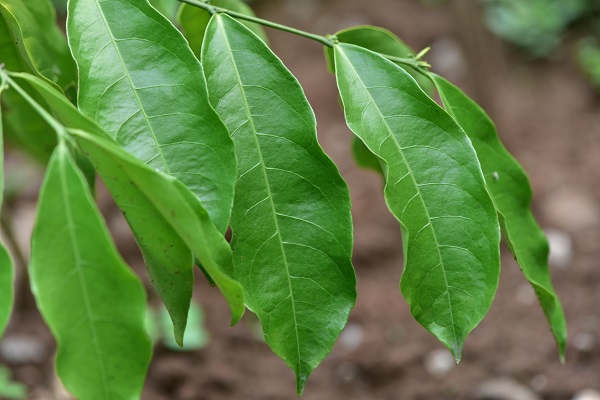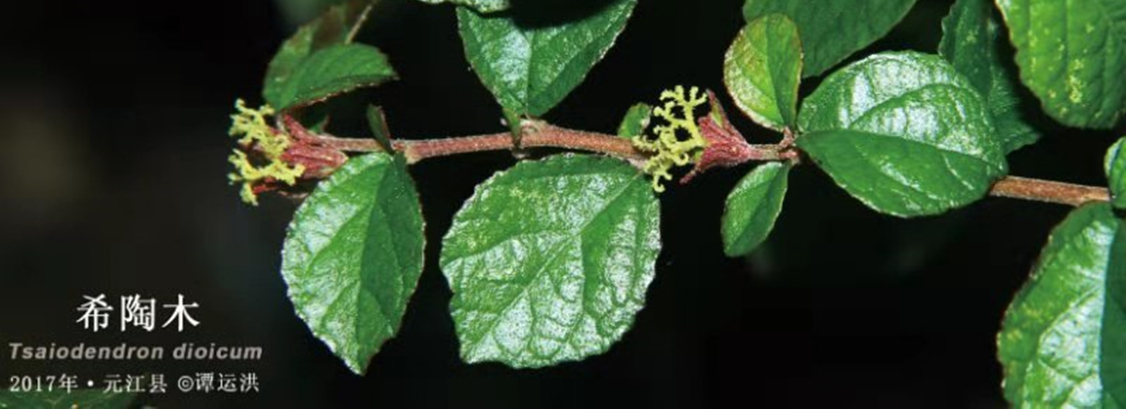A new species of Salacia found in Malipo

The plants of Salacia genus (Celastraceae) have distribution in tropical areas. Around the world, about 200 species are known. In China, Salacia is represented by 11 species, of which seven have been recorded from Yunnan.
When checking the vine garden plant resources in the Xishuangbanna Tropical Botanical Garden (XTBG), researchers found an unknown species of Salacia. It was originally collected from Xiajinchang, Malipo County, Yunnan Province, SW China.
After consulting a large amount of literature and comparative studies, they confirmed it as a new species to science. They named it as Salacia malipoensis and got it published in Annales Botanici Fennici.
Salacia malipoensis is an evergreen climbing shrub, reaching a height to 6 meters. It is similar to S. oblongifolia, S. glaucifolia, S. polysperma and S. menglaensis. But it can be easily distinguished by4–8 mm long petioles, crenulate or serrulate leaf margin, 1–3 mm long peduncle, reflexed petals, ovules 2 per locule, and 1–2 seeds.
The new species was originally collected from Xiajinchang, Malipo County, Yunnan Province, SW China, where it was growing in limestone forest.

Cross section of fruit of Salacia malipoensis ( Image by SHEN Jianyong)

Branch of Salacia malipoensis ( Image by SHEN Jianyong)

Salacia malipoensis. — A: Branchlets. — B and C: Adaxial and abaxial leaf surface. — D and E: Inflorescence.
— F: Bract. — G: Flower bud (showing ciliolate sepal margins). — H: Top view of flower. — I: Back view of
flower. — J: Side view of flower. — K: Top view of flower (remove the petals). — L: Longitudinal section of ovary
(showing two ovules per locule). — M and N: Fruits. — O: Cross section of fruit.
( Image by SHEN Jianyong)







